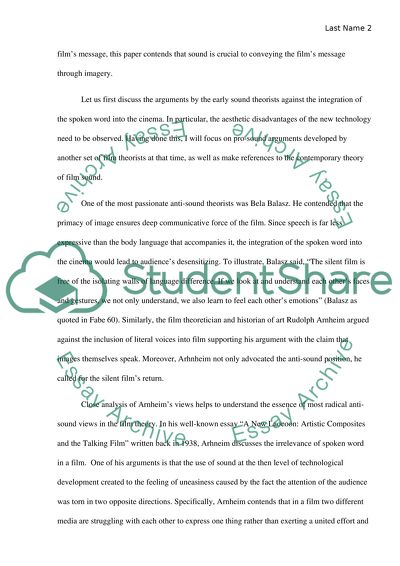Cite this document
(“Theory for Film Practice Essay Example | Topics and Well Written Essays - 1500 words”, n.d.)
Retrieved from https://studentshare.org/visual-arts-film-studies/1453234-theory-for-film-practice
Retrieved from https://studentshare.org/visual-arts-film-studies/1453234-theory-for-film-practice
(Theory for Film Practice Essay Example | Topics and Well Written Essays - 1500 Words)
https://studentshare.org/visual-arts-film-studies/1453234-theory-for-film-practice.
https://studentshare.org/visual-arts-film-studies/1453234-theory-for-film-practice.
“Theory for Film Practice Essay Example | Topics and Well Written Essays - 1500 Words”, n.d. https://studentshare.org/visual-arts-film-studies/1453234-theory-for-film-practice.


